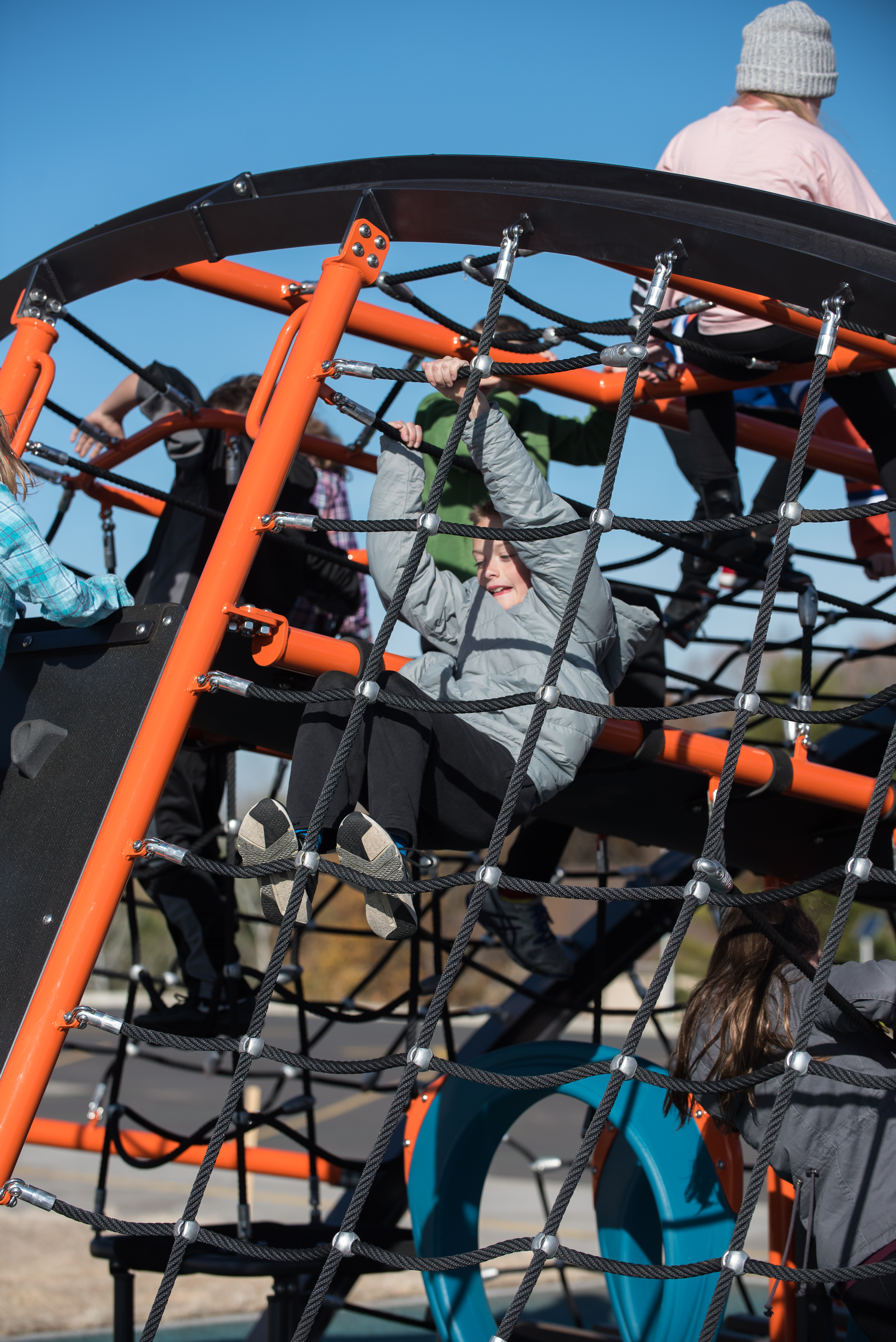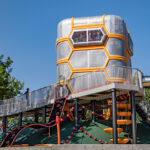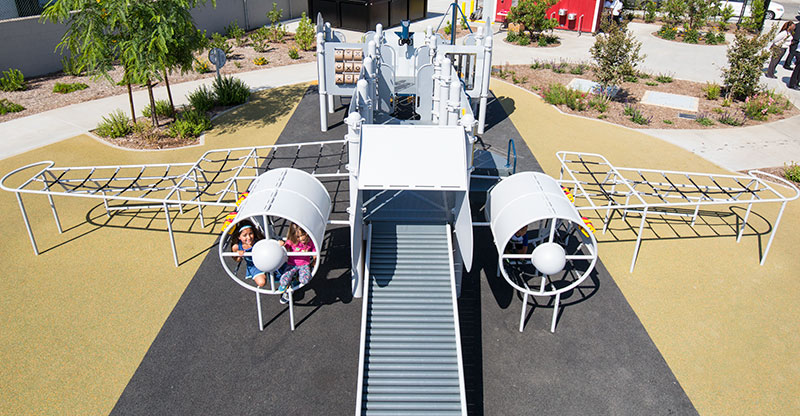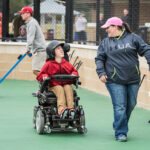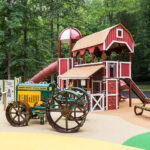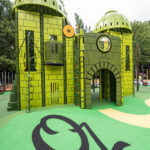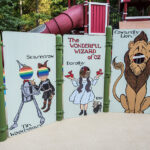Though inclusivity and accessibility are concepts used interchangeably, there are in fact many differences between the two ideas. Landscape Structures proudly boasts of inclusive design in their products- but what is the difference?

Understanding what makes accessibility and inclusivity different comes down to considering the user of the design.

Accessibility matches the need of a user in a singular context. Accessible design is specific in that it considers a single context, problem, user, and experience. A resource may be inaccessible to one group in the way that it is accessible to another. It removes a roadblock from one group’s path.
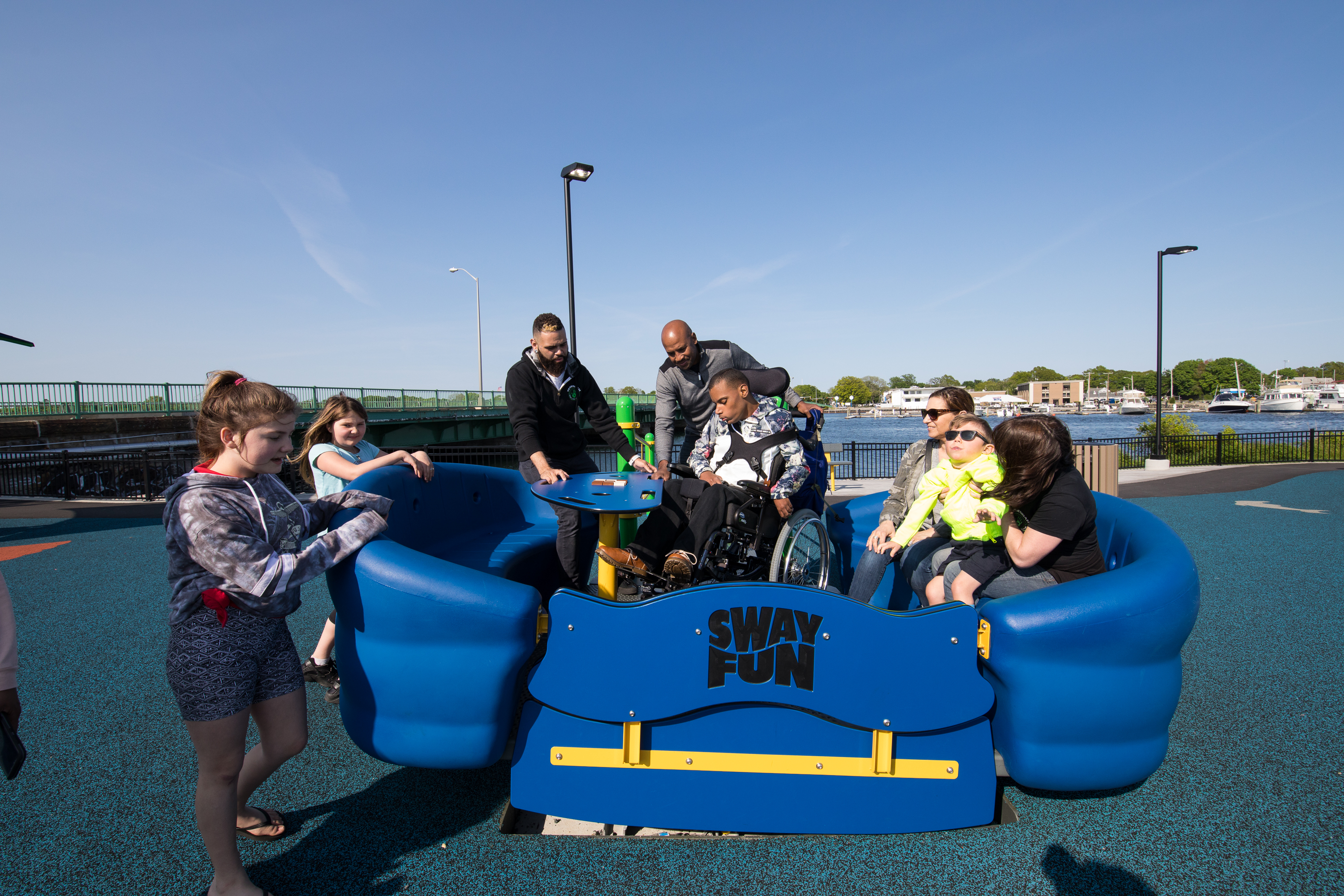
Inclusivity creates an environment or experience designed so that it is usable by people of a variety of abilities, in many scenarios, alongside differently abled people. Inclusivity provides the tools for a user to choose the experience that best fits their situation and ability.
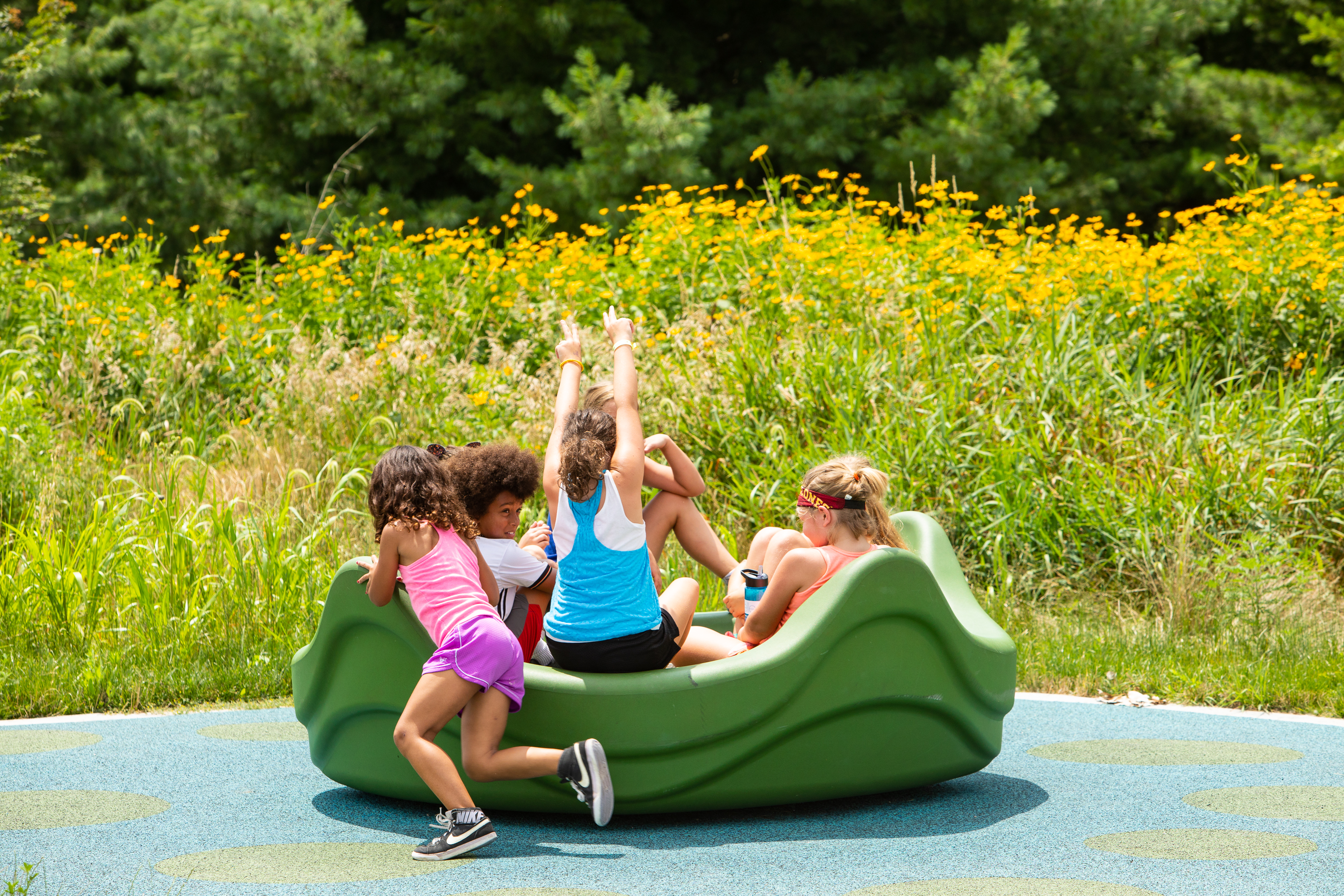
Landscape Structures believes in creating play experiences for children of all physical and mental abilities, in all aspects of physical, social and sensory play. Inclusive play is an open invitation for children to learn alongside those both similar and different from them- shaping the next generation of leaders and thinkers for the better.

To learn more about inclusive design or find an inclusive playground near you, visit our website.


